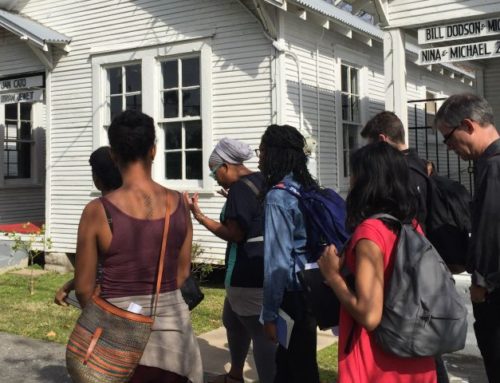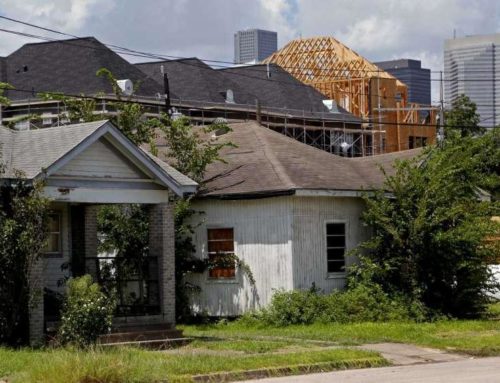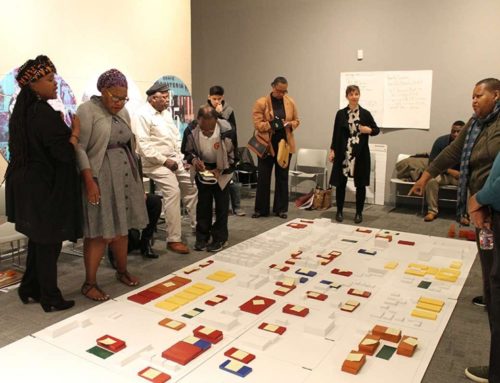Third Ward Plan
De-linking development and displacement
It’s a sad story, played out in many American big cities. Families move out of neglected neighborhoods close to the urban center, communities that often are experiencing high crimes rates and shrinking school populations and are beset with a legacy of racial segregation. As land prices shoot up, young professionals move into new, faceless condominium projects, and the historical identity of another neighborhood is lost.
Thankfully, some Houstonians have the vision to believe our city can break this cycle. A group of public officials, churches, nonprofit organizations, arts-based groups and philanthropies have come together to develop a plan for revitalizing an area of the Third Ward in a manner designed to retain the residents who call it home.
For years, urban planners have tried to figure out a way to de-link development and displacement. The Emancipation Economic Development Council, a collaborative made up of more than 250 stake holders, seeks to do just that by improving the neighborhood – bounded on the north by the Gulf Freeway, on the west by state Highway 288 and U.S. 59, on the south by Alabama Street and on the east by Ennis and Sauer streets – without sacrificing its historical identity.
Future residents will benefit from an urban neighborhood in the shadow of downtown with a distinctive identity linked to a rich past. Wesley Chapel AME Church, where the council met one night last week, was founded in 1875. Renovations of Emancipation Park, now scheduled for completion in the fall, will preserve the vitality of a park that got its start in 1872, when Rev. John Henry “Jack” Yates and other former slaves purchased the 10 acres at the corner of Elgin and Dowling for $1,000. Former slaves and their descendants have gathered there every Juneteenth since the news of the Emancipation Proclamation reached Texas.
For decades Dowling Street, the central thoroughfare, bustled with thriving businesses, including the El Dorado Ballroom, which was a regular stop on the Chitlin’ Circuit and host to numerous jazz, blues and soul greats such as Nat “King” Cole, Cab Calloway and Ray Charles, as well as local legends such as Sam “Lightnin” Hopkins.
Not only is the Third Ward steeped in history and culture, area land ownership provides the council with a unique opportunity to sidestep piecemeal redevelopment and to consider how best to create amenities that can benefit all future residents. More than 40 percent of the land is owned by nonprofits, churches and the city.
The area presents other positives to build on: The Midtown Redevelopment Authority has recently acquired more than $40 million in land and has begun implementing an affordable housing strategy. Project Row Houses, a nationally recognized nonprofit, has been painting a picture of what’s possible in the area since its inception in 1993.
Local philanthropies are funding the planning for the effort. Their support comes in the nick of time. With land prices rising rapidly, lower-income residents have already started to feel the squeeze.
As one 68-year-old resident put it at Tuesday night’s meeting, “I raised four kids in my house. My mom died in my house. That’s my house.” One test of the project’s success will be whether this resident and others like her will not only want to stay in their homes but will also be able to afford to do so.
The project is at its inception, but the breadth and depth of the collaboration formed are impressive and promising. If the vision of the council is realized, not only will a new generation enjoy the sights and sounds of a revived Dowling Street, this area in the Third Ward could become a model for the nation.




